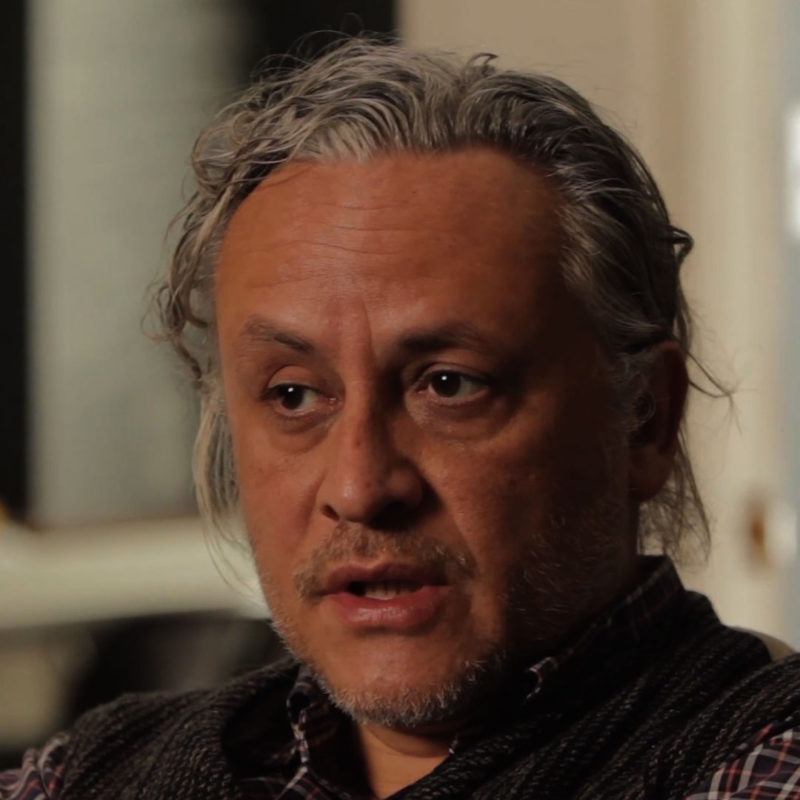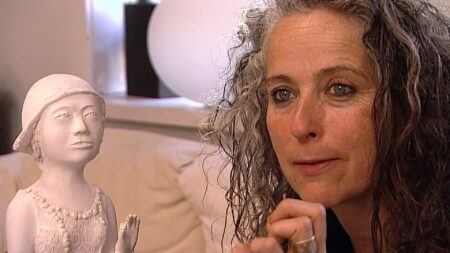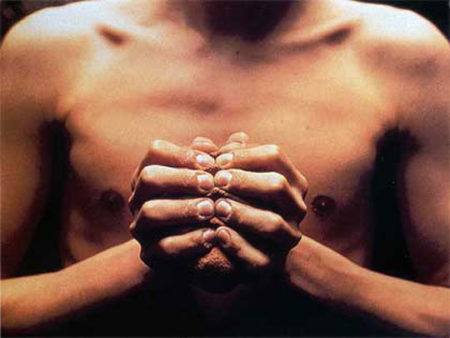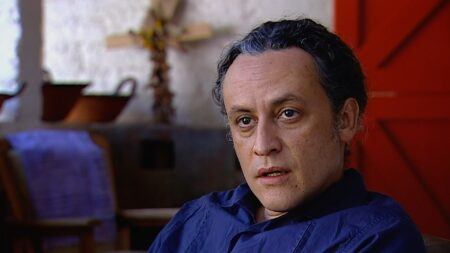Continue playing
(Time remaining: )
Play from beginning
Continue playing "{{ controller.videos[controller.getVideo(controller.currentVideo)].segmentParentTitle}}"
{{controller.videos[controller.getVideo(controller.currentVideo)].title}} has ended.
"Obit"Gabriel Orozco
“I am not a person who reads obituaries,” says Gabriel Orozco. Yet the artist could not help but feel inspired when quirky—and at times, downright funny—obituary headlines would appear on the pages of The New York Times. Fascinated by headlines such as “Once a Rival to Shirley Temple” and “Master of Lightbulbs,” Orozco collected the most provocative, intriguing, or banal texts to create Obit, an artwork in which Orozco examines both how human life is reduced to language after death, and the semiotics of the news as a poetic entity. Through the recontextualization of obituaries in the form of a linguistic collage, Orozco calls attention to the drama and absurdity of the press’ perception of public life.
“It’s a little bit like a mausoleum,” Orozco admits. “I think it’s a very existential piece, in a way. It’s like we are all language… The way we behave and interact; we are language.”
Credits
Producer: Wesley Miller. Camera & Sound: Larissa Nikola-Lisa. Editor: Mary Ann Toman. Artwork Courtesy: Gabriel Orozco. Thanks: Marian Goodman Gallery, New York.
Closed captionsAvailable in English, German, Romanian, Italian, Japanese, Korean, Chinese, Italian
Through the Art21 Translation Project, multilingual audiences from around the globe can contribute translations, making Art21 films more accessible worldwide. Translate this video now.
Interested in showing this film in an exhibition or public screening? To license this video please visit Licensing & Reproduction.
Gabriel Orozco uses the urban landscape and the everyday objects found within it to twist conventional notions of reality and engage the imagination of the viewer. Orozco’s interest in complex geometry and mapping find expression in works like the patterned human skull of Black Kites, and the curvilinear logic of Oval Billiard Table. He considers philosophical problems, such as the concept of infinity, and evokes them in humble moments. Matching his passion for political engagement with the poetry of chance encounters, Orozco’s photographs, sculptures, and installations propose a distinctive model for the ways in which artists can affect the world with their work.
Art & Death
Arlene Shechet
Artwork Survey: 1990s
Gabriel Orozco
Gabriel Orozco





